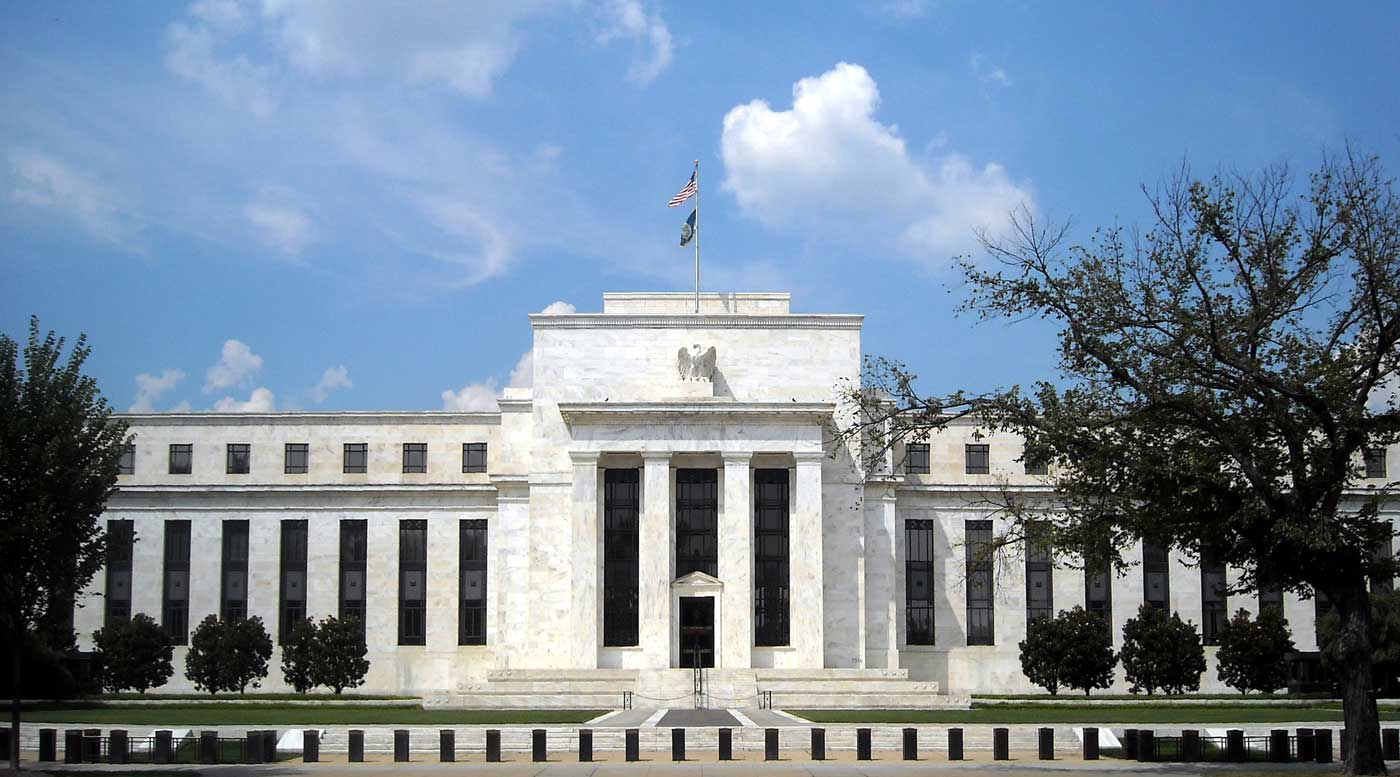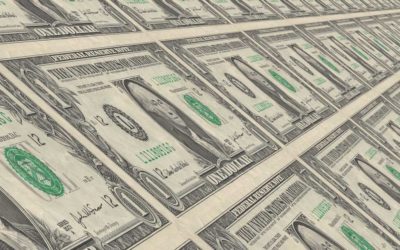In the New York Times last week, Robert J. Shiller, one of the creators of the Case-Shiller National Home Price Index, acknowledged that the current “housing boom” is not sustainable, but fallaciously deflects responsibility for this unsustainability away from the Federal Reserve.
Shiller writes:
Low interest rates — imposed by the Federal Reserve and other central banks in reaction to the financial crisis — are the most popular culprit in the current boom. There is some apparent merit to this view, since these three biggest nationwide housing booms all included very low interest rates.
But the market reaction to interest rates is hardly immediate or predictable. The housing market does not react as directly as you might expect to interest rate movements. Over the nearly seven years of the current boom, from February 2012 to the present, all major domestic interest rates have increased, not decreased. So, while interest rates have been low, they have moved the wrong way, yet the boom has continued.
Shiller’s logic here is straightforward: The Fed has increased interest rates since 2012, so therefore low rates cannot explain the “housing boom” that has continued during this time.
But this is a logical fallacy. It does not follow from the fact that rates have increased during this time that therefore the Fed is not the principle “culprit”—to use Shiller’s description—for the admittedly unsustainable boom. Rates might be higher than they were then, but they are still artificially low.
The key fact that Shiller is ignoring here is that the Fed has been keeping rates lower than they would otherwise be, if they were determined by the market rather than fixed by a group of technocrats operating a government-legislated monopoly over the currency supply.
And that suffices to explain why the Fed is indeed the culprit for the current housing boom—just like it was the Fed’s inflationary monetary policy that caused the last housing bubble.
After employing this fallacious argument to deflect blame from the Fed for the inevitable bust to come, he illustrates cognitive dissonance by characterizing housing prices before the last bubble burst as “normal”. In this characterization, housing prices were sailing along “normally” until the bust come for some unexplained reason.
He writes:
The simplest narrative being given for the current boom is just that the 2008-2009 financial crisis and the so-called Great Recession are over and home prices are returning to normal.
But that explanation does not cut it either. In September they were 11 percent higher than at the 2006 peak in nominal terms, and almost as high in real terms. This is not a return to normal, but a market that appears to be rising to a record.
Note that what Shiller is saying here is that prices today appear to be even higher than they were then and therefore can’t be “returning to normal”. He’s not challenging the assumption that housing prices in 2006 were “normal”, but implicitly accepts that characterization.
This is typical of mainstream economic thinking. The conceptualization is that the supposed “boom” is “normal” and the following recession is the disease that must be treated by the Fed by lowering rates, so as to stimulate another “boom”.
The reality is that the supposed “boom” is the symptom of the true disease since it is not reflective of sustainable growth and a fundamentally sound economy, but an illusion caused by the Fed’s artificially low interest rates. It is the Fed’s inflationary monetary policy that is the disease, and the recession is the distasteful but necessary cure—the market correction required to restructure the economy toward sustainable growth.
But the Fed refused to allow the market correction to occur last time, instead responding to the bust by doing even more of what caused the bubble in the first place, only on a massively greater scale. This has not created true economic growth, only more illusions of growth, including in the housing market.
That Shiller can implicitly acknowledge that the current “boom” is unsustainable yet maintain the façade that prices were “normal” in 2006 before the housing prices collapsed and the recession hit, all the while deflecting attention away from the Fed’s role in causing unsustainable so-called “growth”, is simply an illustration of the institutionalized cognitive dissonance that exists within the economics profession.
To learn more about how the Fed’s low interest rates were the primary cause of the 2008 financial crisis—and why the current supposed “boom” is just another Fed-created bubble—read my book Ron Paul vs. Paul Krugman: Austrian vs. Keynesian Economics in the Financial Crisis.




Rates are not low by any means, they are lower then in the 80’s but much higher than in Europe.
It does not follow that because interest rates in the US are higher than in Europe that therefore they cannot be accurately described as “low”.
They are low.
https://fred.stlouisfed.org/series/FEDFUNDS
Moreover, I could stipulate that “rates are not low” and my point would remain that they are lower than they would otherwise be if determined by the market rather than price-fixing technocrats.